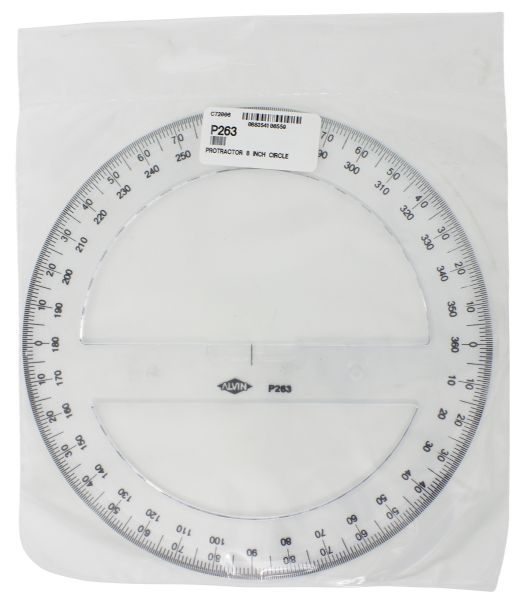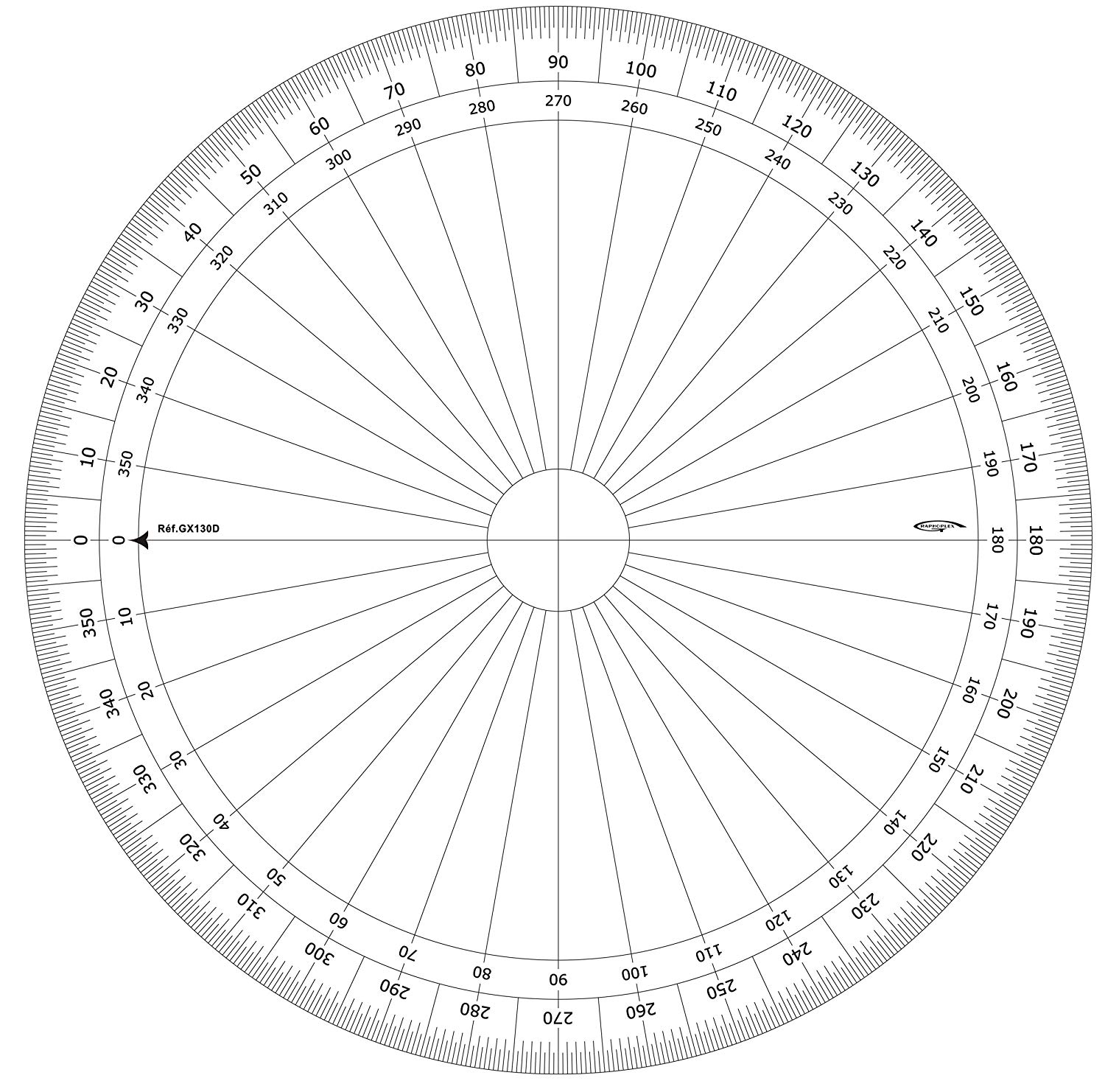

Approximately 65% of patients with non-neuropathic lesions of the midfoot and forefoot have gastrocnemius contracture. Gastrocnemius contracture is a common disease that causes ankle dysfunction. Conclusions: Endoscopic gastrocnemius recession using the Modified Soft Tissue Release Kit can significantly improve the foot function with significant mid-term efficacy and high safety. There was no significant difference between the two groups in satisfaction with the surgical outcome. There were no complications, such as sural nerve injury, in both groups. The change values of the maximum ankle dorsiflexion angles in the endoscopic and open groups were 19.5 (4.3) and 19.1 (4.9) degrees, respectively, and there was no significant difference between them. The change values of the AOFAS scores in the endoscopic and open groups were 39 (15) and 40.5 (11) points, respectively, and there was no significant difference between them. The AOFAS score in the open group improved from 47 (15) points preoperatively to 90 (18) points at the last follow-up the maximum ankle dorsiflexion angle increased from −7.6 (4.0) degrees to 10.7 (3.3) degrees. The AOFAS score in the endoscopic group increased from 50 (18) points preoperatively to 90 (13) points at the last follow-up the maximum ankle dorsiflexion angle increased from −7.7 (2.8) degrees to 10.6 (3.6) degrees. Results: There was no significant difference in the baseline characteristics between the two groups. The comparison between qualitative data was analyzed with the chi-square test. The comparison between quantitative data was analyzed with the Wilcoxon signed-rank test. Patient satisfaction was surveyed at the last follow-up. Postoperative complications were recorded. The American Orthopedic Foot and Ankle Society (AOFAS) ankle-hindfoot score and the maximum ankle dorsiflexion angle were evaluated preoperatively and at the last follow-up. Materials and Methods: This retrospective review followed up 22 patients (34 feet) who underwent endoscopic surgery and 20 patients (30 feet) who received open surgery between January 2020 and January 2022. Problem 3: Measure and draw benchmark angles with the protractor.Background and Objectives: This study aimed to evaluate the effectiveness and safety of endoscopic gastrocnemius recession using the self-developed Modified Soft Tissue Release Kit.
#Full circle protractor full
Problem 2: Use a circular protractor to determine that a quarter-turn or a right angle measures 90 degrees, a half turn measures 180 degrees, a three quarter-turn measures 270 degrees, and a full rotation measures 360 degrees. Problem 1: Reason about the number of turns necessary to make a full turn with different fractions of a full turn. NYS Math Module 4 Grade 4 Lesson 5 Concept Development How many right angles can fit into a circle? NYS Math Module 4 Grade 4 Lesson 5 Application Problem Scroll down the page for more examples of using the circular protractor.
#Full circle protractor how to
The following diagram shows a worksheet to learn how to measure angles using a circular protractor. Explore benchmark angles using the protractor.Ĭommon Core Standards: 4.MD.5, 4.MD.6 New York State Common Core Math Grade 4, Module 4, Lesson 5ĭownload worksheets for Grade 4, Module 4, Lesson 5

Examples, solutions, and videos to help Grade 4 students learn how to use a circular protractor to understand a 1-degree angle as 1/360 of a turn.


 0 kommentar(er)
0 kommentar(er)
